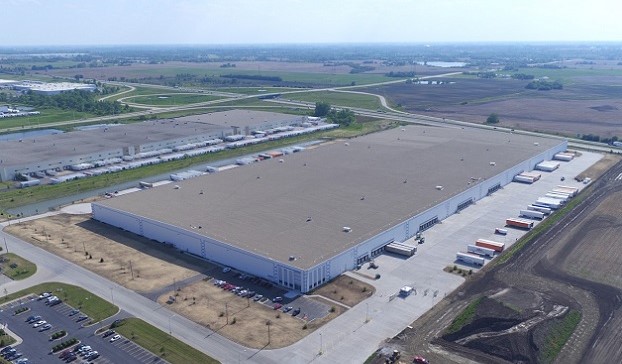 Georgia-Pacific’s facility in University Park, IL, was recently sold to an investor.
Georgia-Pacific’s facility in University Park, IL, was recently sold to an investor.
CHICAGO—It’s well-known that the extended rise of the US industrial market keeps attracting more investors into the sector. That growing popularity has put downward pressure on cap rates and pushed up prices, as well as drawn buyers into smaller, secondary markets. But behind all of the statistics, other factors are also having an influence on the direction of the market for investment.
“Many of the largest institutional investors are under allocated in this sector,” Kenneth J. Szady, national director for Marcus & Millichap | Institutional Property Advisors, tells GlobeSt.com. Pension funds, insurance companies and other significant investors have bought up many of the nation’s top office properties, some of which can soak up hundreds of millions, causing buyers to now say, “‘we’ve got to diversify.’ That’s another primary reason cap rates are so low.”
As reported in GlobeSt.com, Marcus & Millichap just released its 2018 North American Investment Forecast. Company researchers found that “average industrial cap rates have dropped to the low-7% range over the last three years, with a yield spread above the 10-year Treasury between 430 and 470 bps.”
Another source of pressure on cap rates is that when many of these big institutional investors secure a property, they don’t want to let go, Szady adds. Most of the current sellers are merchant developers that have leased up properties to certain levels and now want an exit.
The scarcity of new class A properties, at least relative to demand, has had some surprising effects. On potential deals like this, Szady says its not unusual to see about half of the institutional investors get priced out. “These are big, brand names we’re talking about,” but the properties on offer simply aren’t expected to generate the necessary internal rate of return. Many of the big players, for example, want a 6.5% return over ten years, but the best properties in top markets like Southern CA, Chicago and NJ frequently offer less than 6%.
This factor may start to change the buyers’ calculations, Szady adds. He expects that in 2018 some institutional investors will go to their committees and try to get the rules on returns relaxed a bit, at least for properties in the markets considered most liquid.
Another possibility is that investors will project that over the next decade such properties will see greater rent growth. Considering the strength of the industrial sector, and the likelihood that the e-commerce revolution will keep fueling growth, that does not seem like such a stretch. Szady believes this possibility is once again most likely in the core markets like Chicago, and especially in dense areas like that city’s O’Hare submarket, which has a historically low vacancy rate. “Investors will step up and make these deals.”

















 Copyright © 2024 ALM Global, LLC. All Rights Reserved.
Copyright © 2024 ALM Global, LLC. All Rights Reserved.